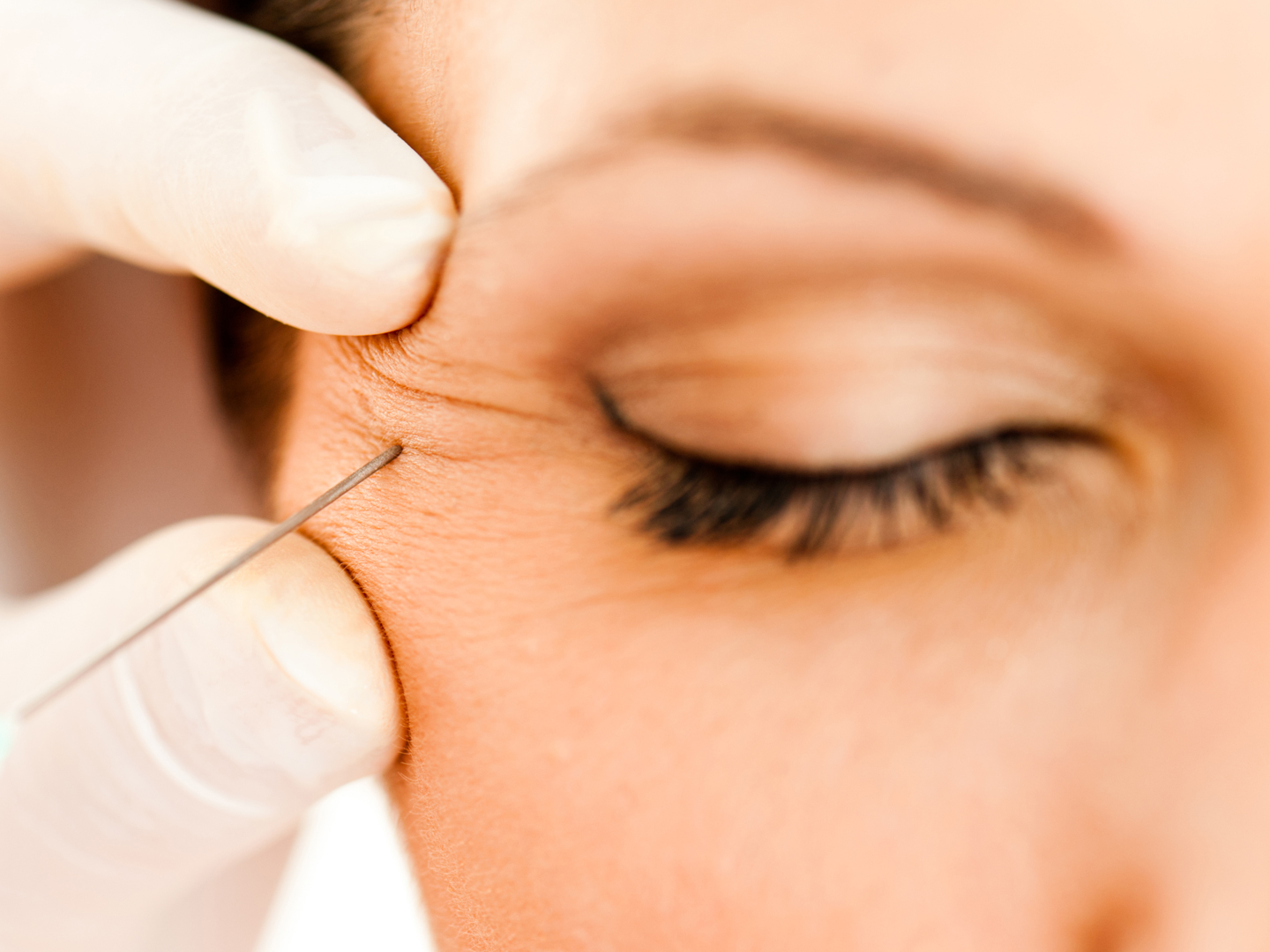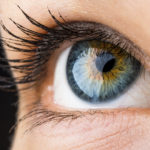What Nutrients Can Help Protect Vision?
My mother (age 80) wonders if copper and zinc supplements are still considered necessary for good senior nutrition and also asks what nutrients she needs in order to avoid age-related macular degeneration.
Andrew Weil, M.D. | August 4, 2014

Any good multivitamin/mineral supplement should contain both copper and zinc. You need zinc for optimum immune function and, as you get older, to protect against age-related vision loss. Copper is a trace element that can be depleted if you take zinc supplements. For that reason, many nutritionists recommend taking supplemental copper when you take supplemental zinc in a ratio of 10 to one (zinc to copper).
Zinc and copper, along with vitamins A, B-6, C and E, in addition to iron and selenium, raise production of the immune system’s defensive T-cells and boost the activity of natural-killer cells. Although moderate doses of zinc can enhance immunity, high doses can depress it and should be avoided. In general, I recommend taking 15 mg of supplemental zinc daily – or up to 30 mg daily if you don’t eat many foods of animal origin (vegetables and fruits provide little). The best plant sources of zinc are legumes (dried beans, garbanzos, black-eyed peas, lentils, peas, soy products) and whole grains.
Zinc is particularly important to seniors with age-related macular degeneration (AMD), a common cause of blindness. In addition, certain antioxidants are key to lowering the risk of AMD.
Results of the Age-Related Eye Disease Study (AREDS) sponsored by the National Eye Institute, an arm of the National Institutes of Health, and published in the November 2003 Archives of Ophthalmology estimated that if all the eight million Americans over age 55 at high risk for macular degeneration took high-dose antioxidant vitamin supplements, more than 300,000 of them could avoid vision loss over the next five years. The supplements tested included 500 mg of vitamin C, 400 IU of vitamin E, 15 mg of beta-carotene, 80 mg of zinc as zinc oxide and two mg of copper as cupric oxide.
More recently, a follow up of that study, AREDS2, tested four different nutritional formulas for five years. In 2013 the researchers reported that the risk of developing advanced AMD was reduced by about 18 percent in seniors who took the existing antioxidant formula along with the antioxidant carotenoids lutein and zeaxanthin, but without beta carotene compared to those who took the older antioxidant formula including the beta carotene but not adding lutein and zeaxanthin. Lutein and zeaxanthin are found in leafy green vegetables.
The follow-up also showed that seniors whose diets were low in lutein and zeaxanthin at the study’s start, and who took a formula providing these two nutrients, lowered their risk of AMD by about 25 percent compared to participating seniors who did not get lutein and zeaxanthin supplements.
The researchers noted that removing beta-carotene from the AREDS formula and adding lutein and zeaxanthin yielded a single formula that is safe and effective for all AMD patients. Until then, seniors who were current or former smokers could use only a formula that excluded beta- carotene because it has been linked to risk of lung cancer for these patients.
Andrew Weil, M.D.
For more articles on how copper interacts with zinc and other minerals and vitamins, visit Dr. Weil’s Vitamin Library.
Sources:
AREDS Research Group, “Potential Public Health Impact of Age-Related Eye Disease Study Results,” Archives of Ophthalmology, Nov. 2003, Vol. 121, pages 1621-1624.
AREDS2 Research Group. “Lutein/Zeaxanthin and Omega-3 Fatty Acids for Age-Related Macular Degeneration. The Age-Related Eye Disease Study 2 (AREDS2) Controlled Randomized Clinical Trial.” JAMA, published online May 5, 2013.
AREDS2 Research Group. “Lutein/Zeaxanthin for the Treatment of Age-Related Cataract.” JAMA Ophthalmology, published online May 5, 2013.
Emily Chew et al. “Long-Term Effects of Vitamins C, E, Beta-Carotene and Zinc on Age-Related Macular Degeneration.” Ophthalmology, published online April 11, 2013.









